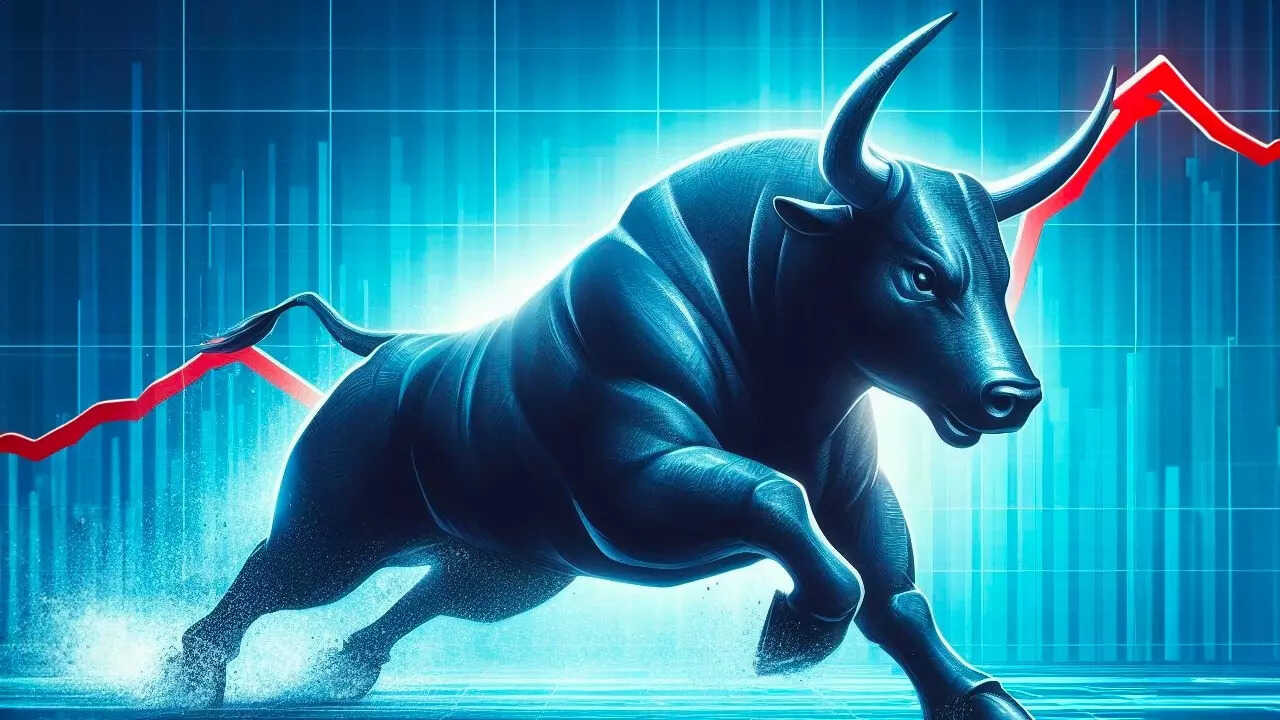The Indian rupee weakened to 86.52 against the US dollar due to declining domestic equities, rising crude oil prices, and continuous foreign fund outflows. A stronger dollar and uncertainty surrounding the US-India trade deal further pressured the rupee. Investors are also cautious about upcoming monetary policy decisions and geopolitical tensions, influencing the currency’s near-term outlook.
Navigating the Forex Seas: Why the Rupee Slipped and What it Means
The Indian rupee has seen its share of choppy waters lately, and yesterday was no exception. Closing at 83.52 against the dollar, the rupee dipped 12 paise, a movement that’s got everyone from seasoned traders to everyday investors taking notice. But what forces are steering this course? Let’s unpack the key factors influencing the rupee’s recent performance.
Equity Reversal and Rising Crude Oil Prices
One of the biggest drags on the rupee has been the pullback in the equity markets. After a period of relative stability, the domestic stock markets witnessed a downward correction, prompting some investors to trim their positions. This risk-off sentiment naturally puts pressure on the Indian currency. Simultaneously, crude oil prices are creeping upwards, fueled by geopolitical concerns and ongoing supply adjustments. India, heavily reliant on imported oil, feels the pinch when crude oil becomes more expensive, widening the current account deficit and placing additional downward pressure on the rupee.
Trade Winds of Uncertainty
Global trade remains a major source of both opportunity and volatility. Uncertainty surrounding international trade policies and the potential for renewed trade disputes can quickly rattle currency markets. These uncertainties often lead to a ‘flight to safety,’ where investors flock to the perceived stability of the US dollar, further strengthening it against currencies like the rupee. This intricate dance between global trade dynamics and investor sentiment is a constant factor in the rupee’s trajectory.
<img src="image-of-rupee-coins.jpg" alt="A stack of Indian rupee coins, representing the ongoing fluctuations in the Indian Rupee’s value.” width=”600″ height=”400″>
The FII Factor: A Shifting Tide?
Foreign Institutional Investors (FIIs) play a significant role in shaping the Indian financial landscape. Their investment decisions, driven by a complex interplay of factors, can significantly influence the demand and supply of the rupee. Lately, we’ve seen some choppiness in FII flows. While India remains an attractive destination for long-term investment, short-term considerations like global interest rate movements and risk appetite can trigger shifts in FII activity, impacting the rupee’s stability.
RBI Intervention: A Balancing Act
The Reserve Bank of India (RBI) often steps in to manage excessive volatility in the currency markets. Using its foreign exchange reserves, the RBI can buy or sell rupees to influence its value. The extent and effectiveness of these interventions are closely watched by market participants. While the RBI aims to maintain stability and prevent sharp depreciations, it also needs to balance its actions with broader economic considerations, such as managing inflation and maintaining export competitiveness. The RBI’s monetary policy decisions, including interest rate adjustments, are also crucial in shaping the long-term outlook for the rupee. You can read more about the impact of monetary policy on Indian markets on [our blog about the latest RBI announcements](internal-link-to-related-content).
Looking Ahead: What’s Next for the Rupee?
Predicting currency movements with certainty is notoriously difficult, but understanding the key driving forces allows us to make informed assessments. The rupee’s future path will likely be determined by a combination of global factors like oil prices and trade dynamics, domestic economic performance, and the actions of the RBI. Monitoring these indicators and staying informed about the evolving global landscape will be crucial for anyone navigating the forex markets. It’s a complex interplay, and staying informed is the best way to navigate it.
slug: rupee-drops-explained







